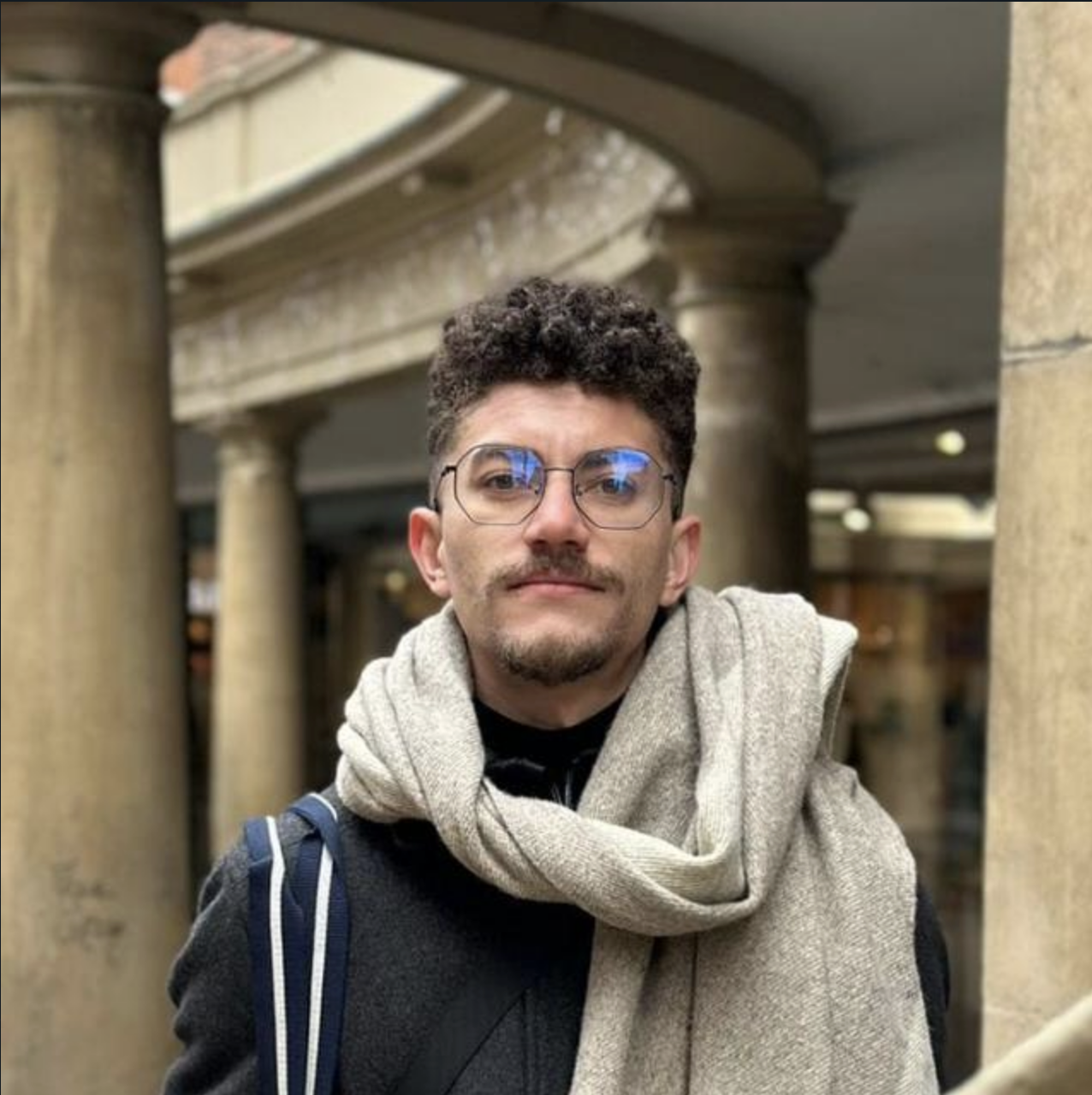“How are we ever going to really come to terms with all this complexity?”
Very recently we heard the news!
Scientists were able to map a small portion of the human cortex to an amazing level of detail. To be more specific, they have mapped a cubic millimeter (or one-millionth of a whole brain, as the article in Scientific American brings it) derived from a 45-year-old woman.
The adopted strategy was to cut the fragment into 5.000 slices and the resulting images were assembled by an artificial-intelligence model that reconstructed the sample in 3D! (what actually reminds me of the fact that Einstein’s brain was cut-up into pieces by the pathologist who performed the autopsy).
Apparently, there are neurons that make much more connections than we imagined (some neurons made up to 50 connections with each other) and “Nobody had seen anything like this before”, as put by the researchers.
There might, however, be some errors due to the process of stitching the images together by the model so the map needs to be manually checked, but most of the work is yet to be done (after all, there are 57,000 cells and 150 million synapses in the mm3 in question!)

Exciting as it is, I couldn’t help but think of the series Pantheon.
In the series, a point has been reached that allows for a technology to be able to scan the whole human brain and upload it to a server creating the so-called Uploaded Intelligences (UI). These are the actual disembodied minds of the people whose brains were scanned - and destroyed in the process - and that continue operating within computers (although there is room for editing and suppressing parts of these UIs, leaving the process in the hands of not-always-well-intentioned people.
Is the mapping of this cubic millimeter of brain the beginning of the scenario in Pantheon?
 Eduardo Padilha
Eduardo Padilha  Demo Day - A reflection on learning, signals, and collective minds at work
Demo Day - A reflection on learning, signals, and collective minds at work